Discover the Healing Wisdom with the Energetics of Food
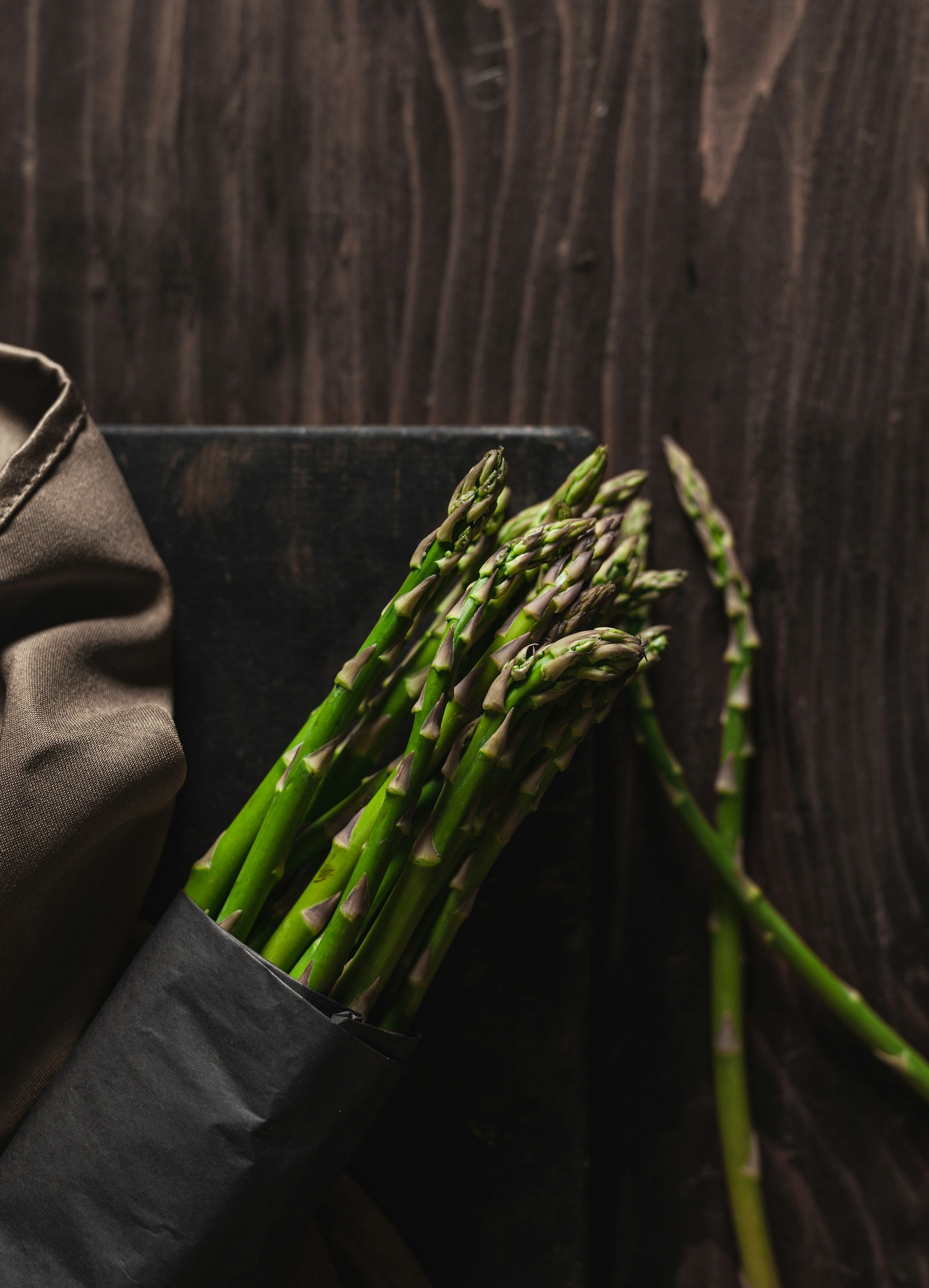
Energetics of Asparagus: Rooted, Rising, and Ready
The humble asparagus—christened the "Aristocrat of Vegetables"—boasts a pedigree that would make nobility blush. While today we casually toss it into our shopping carts, this slender green stalk has inspired extraordinary devotion throughout human history. Asparagus packs a nutritional punch that rivals any superfood. These emerald spears are surprisingly low in calories while delivering an impressive array of vitamins.

Energetics of Chicory: Salad’s New Best Friend
The chicory plant is a part of the dandelion family (Cichorium intybus). Fun Fact! Thomas Jefferson was the first farmer to grow chicory in the United States after George Washington gifted him seeds! Chicories of all varieties are a powerhouse of nutrition. In general, they are excellent sources of vitamin K, essential to blood and bone health, B vitamins, vitamin A, and vitamin C.

Energetics of Quinoa: Colorful Superfood of the Andes
Native to the Andes mountains along the western coast of South America, quinoa has sustained the Incas since as early as 3,000 B.C.! Quinoa is a nutritional powerhouse. It forms a complete protein, meaning that it contains all nine essential amino acids. This is of particular importance because it is one of the few non-animal foods that supply this.

Energetics of Turmeric: An Honorable Herbal Spice
Modern medical sciences are beginning to recognize its importance: there are currently over 3,000 scientific publications researching turmeric—all of which have been published within the last 25 years. So, what’s the health buzz about?

Energetics of Broccoli: More Nutritious Than You Thought
Many parents know broccoli as one of the “green monsters” of dinner time, a tough contender with young ones. This cruciferous vegetable has quickly become one of the United States most popular veggies, thanks to its unique flavor and incredible nutritional value.

Energetics of Cilantro: Soap or Citrus Herb?
Together, cilantro and coriander offer complementary health benefits: the leaves provide vitamins and antioxidants, while the seeds deliver minerals, fiber, and bioactive compounds—both contributing to digestion, detoxification, metabolic balance, and overall wellness.
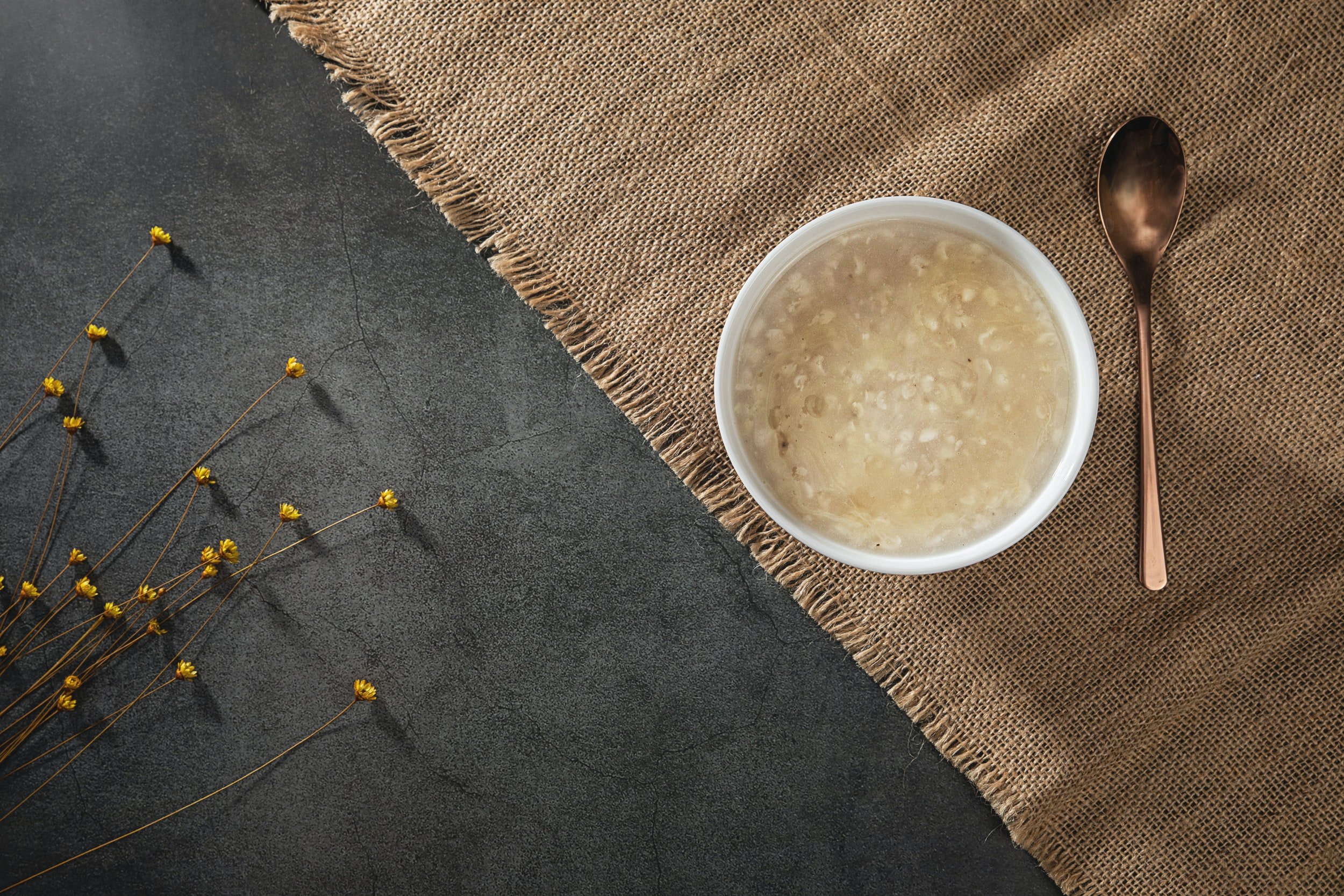
Energetics of Congee: The Breakfast Soup
Rice congee is beneficial for people with weak digestion due to a poor diet or illness. Since it is light and easy to digest it is recommended for those too sick to eat solid foods. Plain congee is easily digested and assimilated, it tonifies the blood and qi energy, harmonizes the digestion, relieves inflammation or irritation, is cooling, and nourishing.

Energetics of Beef: Grass Fed for the Win!
Beef has been enjoyed for millennia and remains a cornerstone of cuisines around the world. Celebrated for its rich flavor, versatility, and satisfying texture, beef is a nutrient-dense source of protein, iron, zinc, and B vitamins, supporting muscle strength, energy, and overall health. From hearty stews and roasts to quick grills and stir-fries, beef offers endless culinary possibilities. Its nourishing qualities make it a time-honored choice for both traditional and modern diets.
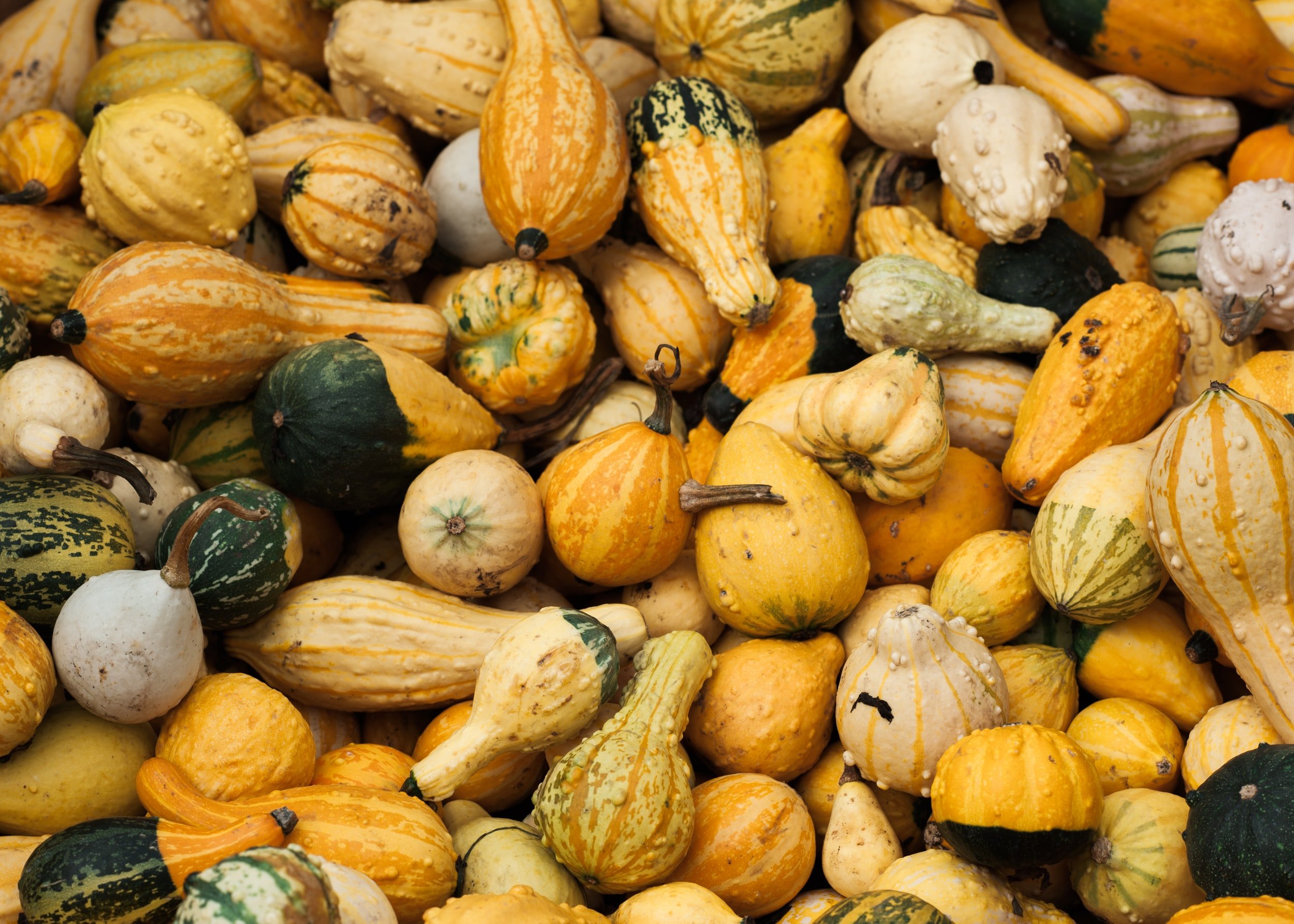
Energetics of Winter Squash: Go Beyond Pumpkins
It’s that time of the year again, supermarkets and farmer’s markets are teeing with squashes of all varieties. These squashes are more than just for decorating your porch in October or your table at Thanksgiving, they are super yummy to eat as well!
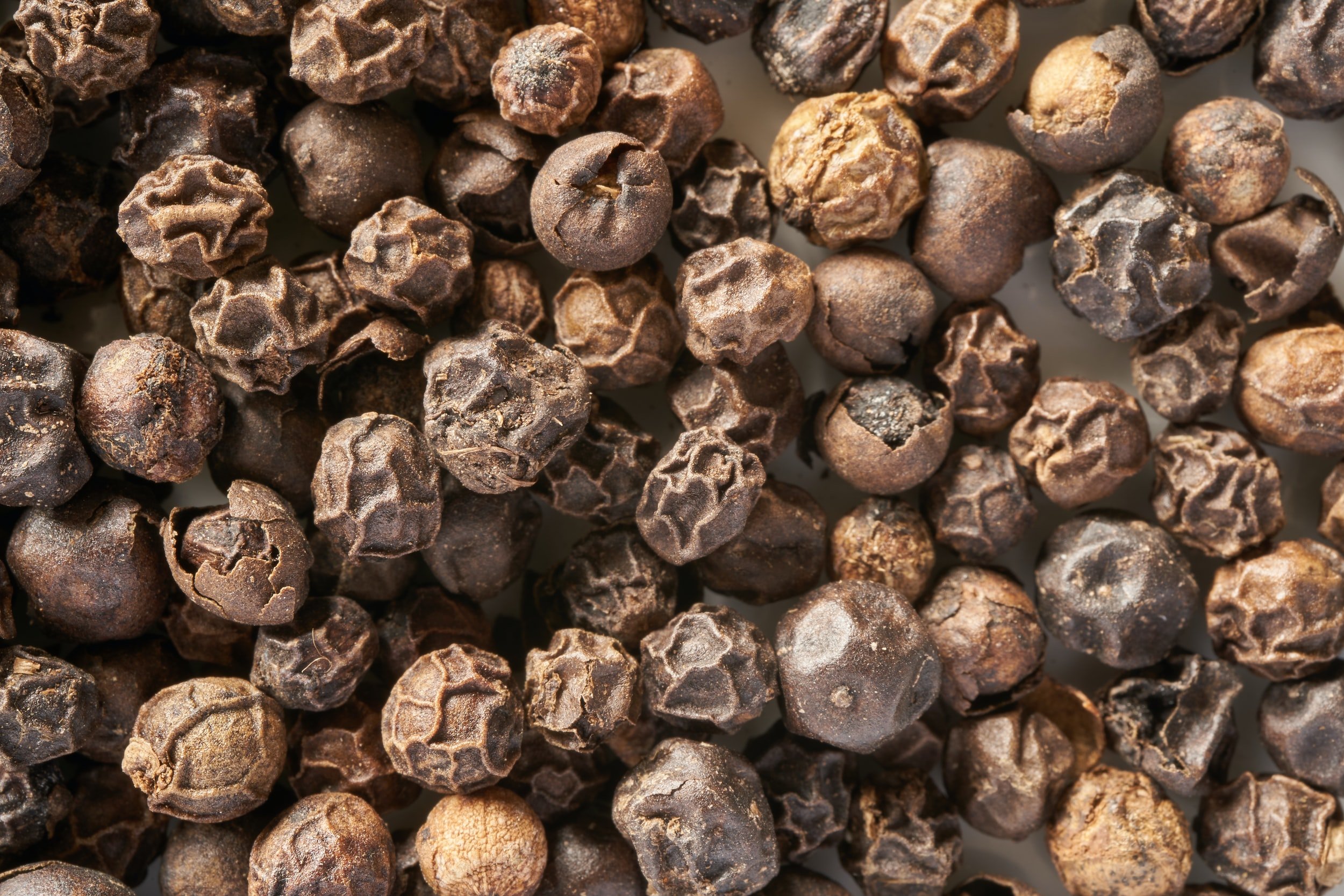

Energetics of Bok Choy: Your New Favorite Variety of Cabbage
Bok Choy cabbage is a type of Chinese Cabbage that originates from Southern China and Southeast Asia. They are very winter-hardy, so it has been growing in popularity in Northern Europe. Bok choy is a great source of Vitamin C, potassium, and calcium. Like many dark leafy green vegetables, Bok Choy contains beta-carotene, which is a precursor to Vitamin A. It is also a great source of dietary fiber.
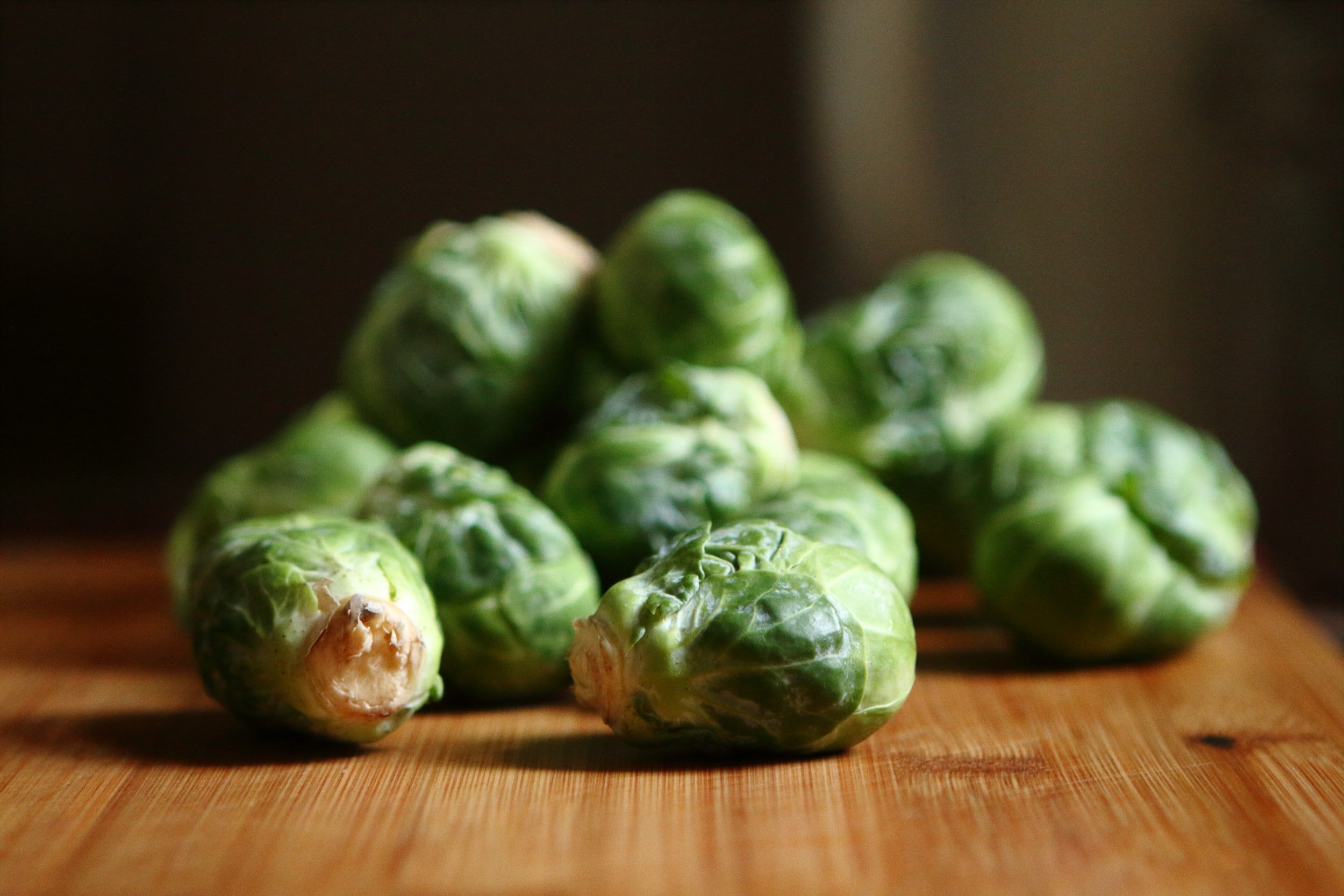
Energetics of Brussel Sprouts: Small Veggie, Big Nutrients
Brussel sprouts originate in northern Europe and were named after Belgium’s capital city, where they remain today as an important crop. The phytonutrients found in Brussel sprouts enhance the activity of the body’s natural defenses against disease. They are also an excellent source of vitamin C and vitamin A.
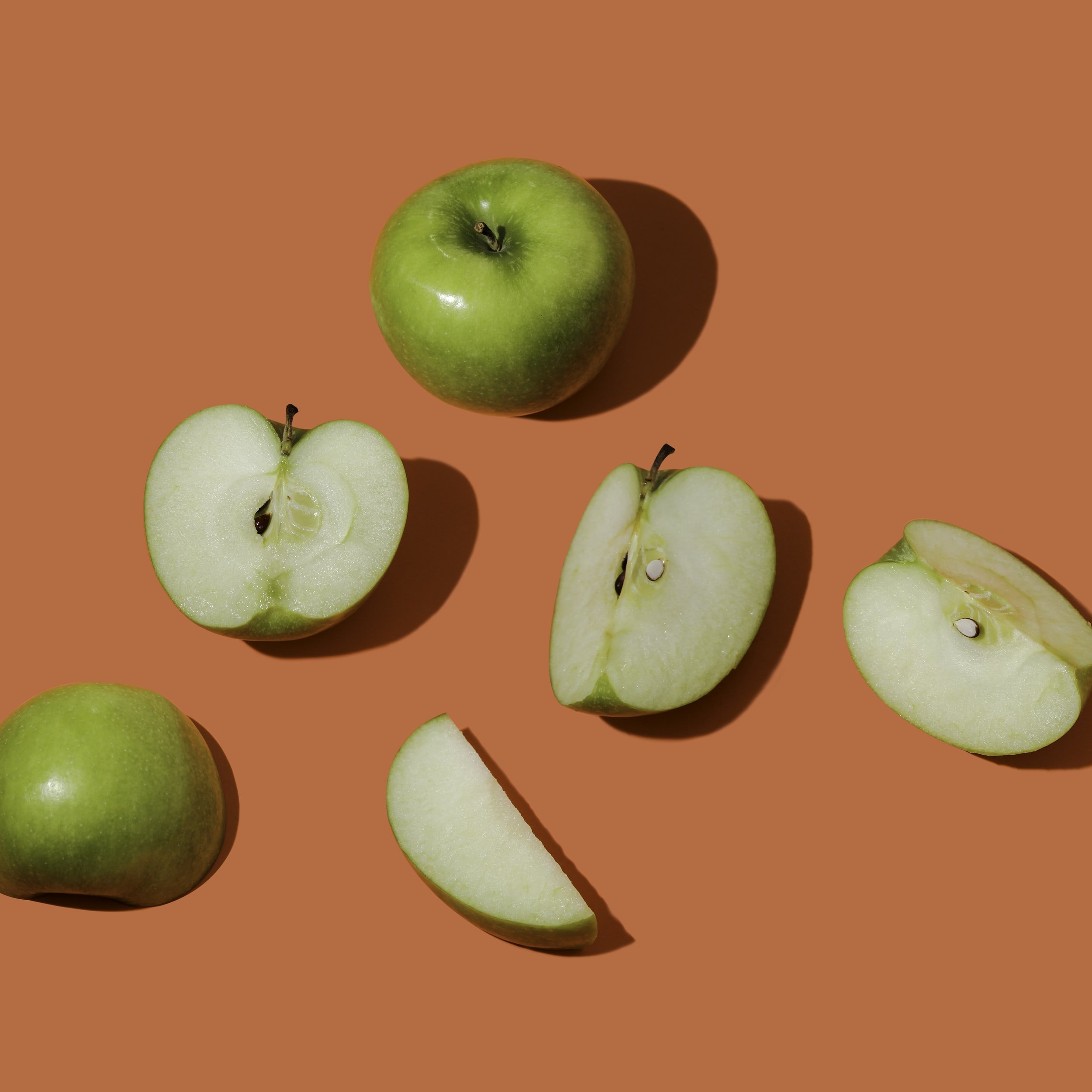
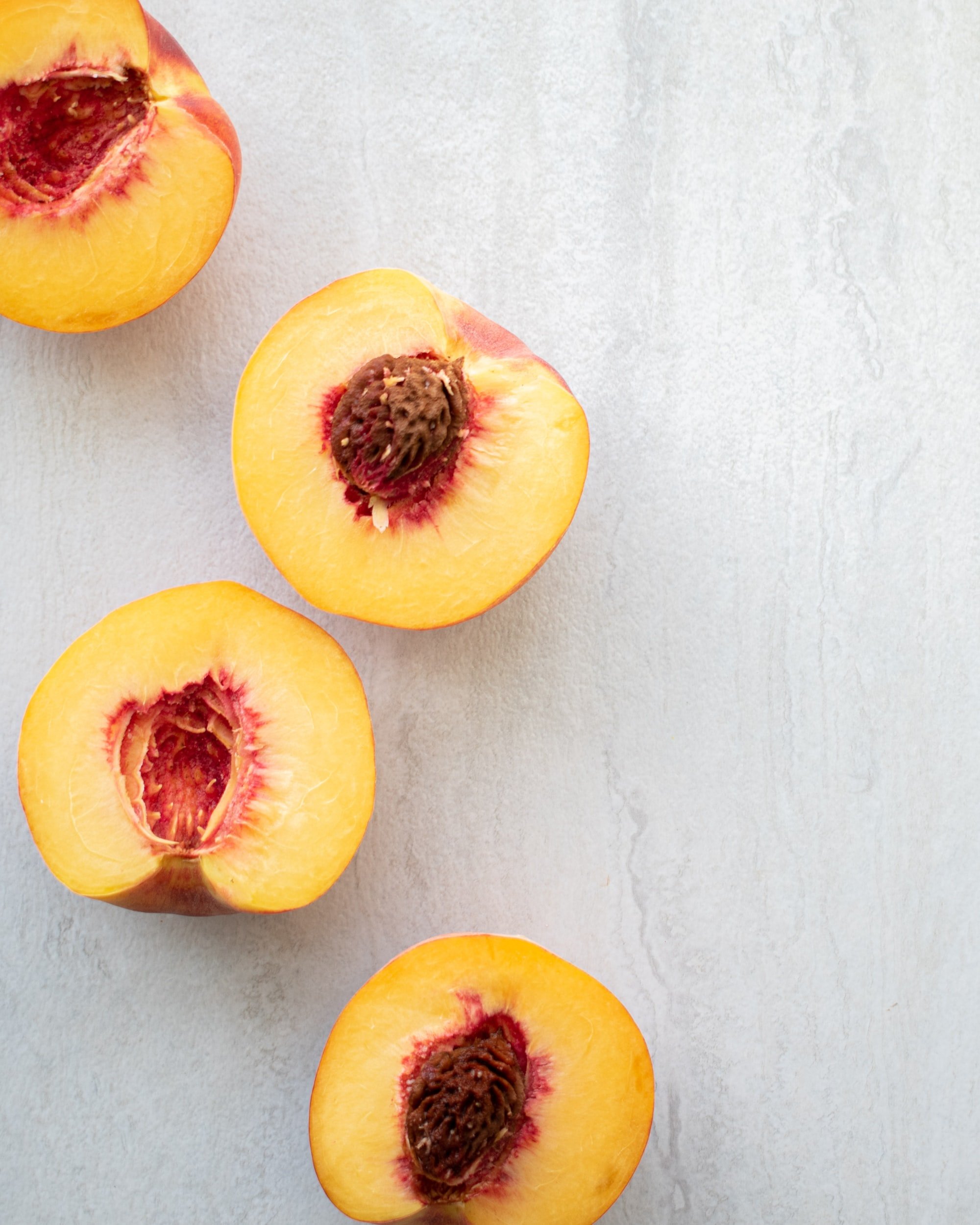
Energetics of Peaches: Fuzzy, Sweet & Nutritious
Peaches are actually an ancient Chinese relic, dating to the fifth century BCE. Peaches are packed with antioxidants, vitamins, and flavonoid.

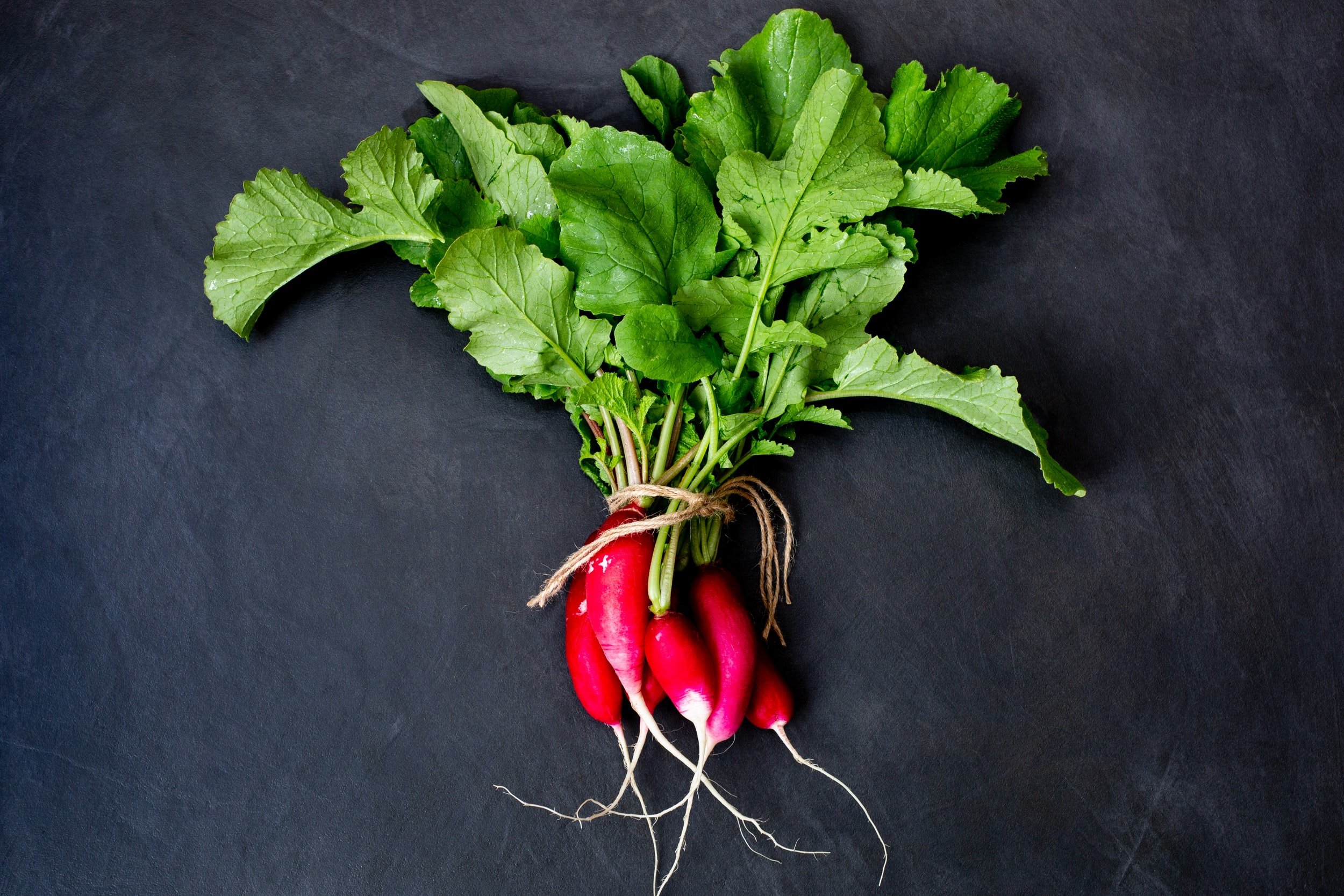
Energetics of Radish: Radical Groundlings
Radishes are grown and consumed all around the world with the first written records being found from the 3rd century B.C. Surprisingly, there are numerous varieties of radishes, varying in size, flavor, color, and length of time they take to mature. Radishes can be sweet or spicy, owing to their sharp flavor to the various chemical compounds produced by the plants, including glucosinolate, myrosinase, and isothiocyanate.

Energetics of Mushrooms: Exploring Nature’s Magic
The earliest mushroom cultivation was documented in China & Japan around 600 CE, although many scholars believe that mushrooms have been foraged since pre-historic times. Crimini, portobello, button, porcini, and oyster mushrooms function as powerful antioxidants, protecting against oxidative damage to cell structures and DNA. Shiitake, maitake, and reishi mushrooms are very good sources of iron and protein.

Energetics of Tomatillo: Not Your Average Green Tomato
Although tomatillos are sometimes called “green tomatoes”, they should not be confused with green, unripe tomatoes. They are very close in taste and nutrients to tomatoes but are actually closer to the pichuberry. A nutritious fruit, tomatillos contain a large amount of dietary fiber, minerals, antioxidants, and vitamins.

Energetics of Pichuberries: The Lost Incan Crop
The Pichuberry looks like a small orange/gold tomatillo, but is actually its own fruit of the nightshade family! It is a relative of tomatoes, eggplants, and tomatillos. This little bundle packs a punch when it comes to vitamin C (20X more than an orange) and antioxidant power. They have even been found to help regulate blood sugar!

Energetics of Mint: Keep Cool All Year Round
Mint has been cultivated for centuries as both cooking and medicine. From Ancient Egypt & China to modern times, mint is used by many people throughout the world as a treatment for various internal and external ailments. Mint is a very broad category, with around 20 species (although some sources say up to 600 species) that all come from the Mentha Family.



In Chinese Medicine, the 5 flavors are pungent, sweet, sour, salty, and bitter. The SAD (Standard American Diet) consists primarily of just 3 of the 5 flavors. Your diet should consist of a balance of all 5 flavors for optimal health. Balance does not refer to equal amounts, but to bring the body into harmony with your own constitution and the seasonal influences.